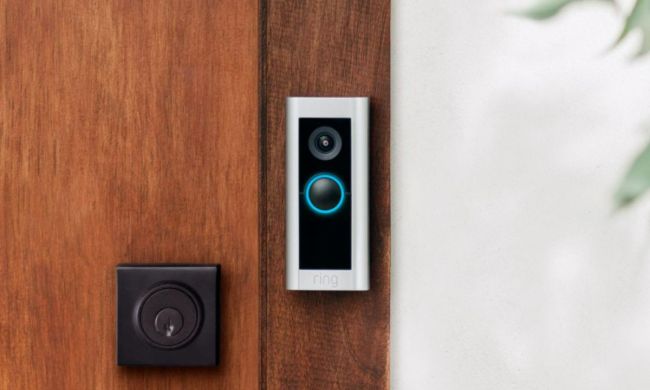If you have a smart thermostat in your home, it may be able to help slow the spread of bacteria and viruses. Multiple studies have shown that humidity has a huge impact on the rate of infection. While it won’t kill viruses or bacteria, it makes them less viable and reduces the amount of time they hang in the air.
Digital Trends previously covered how an air purifier may be able to help reduce the risk of viral exposure, or at the very least, lessen the impact of indoor air pollution on a compromised respiratory system. As it turns out, a smart thermostat may be a better option for slowing the spread of a virus.
How humidity impacts viral infection
In a study in the American Society for Microbiology’s Journal of Virology, the influenza virus was shown to be impacted by temperature and humidity. In layman’s terms, drier conditions promote the spread of viral infections.
Flu season hits in winter, when humidity rates tend to be much lower than during the summer. There are a number of other reasons for this, including reduced rates of Vitamin D, increased use of heaters, and the tendency of people to crowd together indoors to escape the cold. However, the primary reason seems to be reduced humidity levels in the air.
When a human breathes, speaks, coughs, or sneezes, small amounts of particles are released into the air. These particles are known as aerosols, composed of 97% water and 3% solutes (salts, proteins, and other similar substances).

These particles linger longer when the air is dry. Low humidity reduces the size of particles and allows them to remain suspended in the air, as they weigh less. On the other hand, a modestly moist atmosphere can make a virus less infectious by reducing the amount of time aerosols linger.
A relative humidity level between 40% and 60% makes the aerosol droplets too heavy to remain in the air. This causes them to fall to the ground and dramatically reduces their infectious rate. “In low humidity, there is rapid evaporation of respiratory droplets, which may allow viral particles to become airborne, increasing the time and distance over which transmission can occur,” said Dr. Nate Favini, medical lead of Forward. “This is part of why winter is cold and flu season.”
On the other hand, too much humidity is also harmful. A relative humidity range of 40% to 60% is ideal. Viral transmission rates are highest at 20% relative humidity, lowest at 40-60%, and medium above 70%.
Karen Panetta, Institute of Electrical and Electronics Engineers Fellow and dean of graduate engineering at Tufts University, told me an ideal range of relatively humidity can help slow down transmission. “Rapid changes in humidity levels can contribute to making it easier for airborne virus particles to travel,” she said. “Furthermore, medical research has shown that dry air can also impair the human body’s ability to expel viral particles. Trying to keep our home environment in optimal humidity conditions is one way to slow down the superhighway for viruses.”
While the study focused on the influenza virus, coronaviruses show similar behaviors. As a result, it is possible that the coronavirus will be affected in the same way as the virus in this study.
How smart thermostats can help
While a smart thermostat will have little to no effect in actually killing the virus, using a smart thermostat to monitor and adjust the humidity in your home can help discourage transmission of the virus. Smart thermostats like the Nest and ecobee have humidity sensors that can help regulate the humidity levels within the home. A smart humidifier can also help.

You can set your smart thermostat to try and attain the optimal humidity level within the home. For most people, this will be a target of around 45% relative humidity. Your home will feel more comfortable, and the humidity level will actually improve the indoor air quality in addition to creating suboptimal conditions for viral infection.
Some smart thermostats also work with additional sensors that can be spread throughout the home. This helps the system monitor the overall humidity rather than just in the one room where the thermostat is placed. This will allow homeowners to detect areas that may be more susceptible, and if proper measures are put in place, can bring humidity levels to mitigate threats. For those looking to take all the appropriate measures, smart thermostats are just one of the many gadgets and ways to combat this pandemic.



